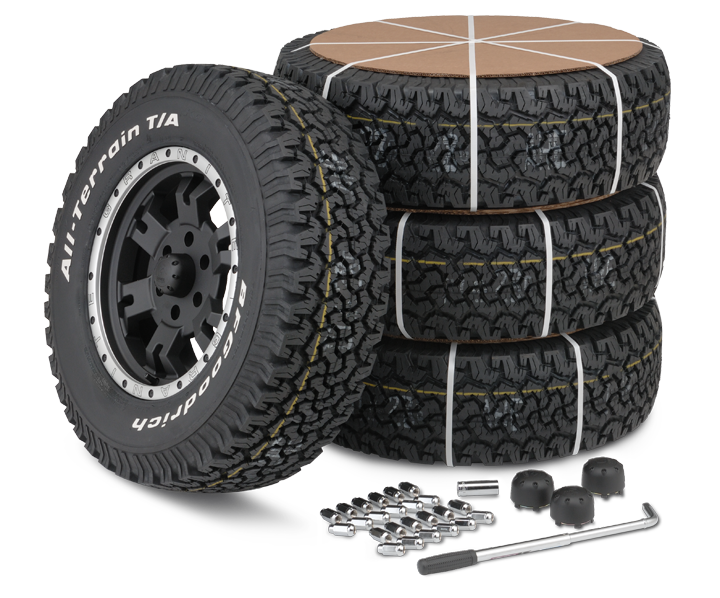Tire Solution: The Influence of Climate Condition
When it comes to ensuring optimal efficiency and security on the road, comprehending the influence of climate problems on tire service is crucial. In this discussion, we will certainly check out the detailed relationship in between climate problems and tire solution, dropping light on the relevance of weather-specific tire maintenance practices and factors to consider.
Heat and Tire Efficiency
When exposed to high temperature levels, tires experience modifications in efficiency that can considerably influence automobile security and handling. The warmth generated from prolonged driving or hot weather problems triggers the tire rubber to soften, leading to reduced walk life and enhanced wear.
Additionally, high temperature levels can accelerate the process of tire aging, triggering the rubber to wear away more rapidly. To alleviate the results of heat on tire performance, chauffeurs must consistently check their tire pressure, rotate tires to guarantee even use, and check for any kind of indicators of damage.
Winter Impacts
Winter problems can have a significant impact on tire performance and safety. As temperature levels decrease, tire rubber can solidify, bring about decreased grip on icy or snow-covered roadways. In cold climate, tires might additionally lose atmospheric pressure more quickly, which can impact handling and fuel performance. Furthermore, cool temperatures can cause tire sidewalls to stiffen, enhancing the risk of damage from splits or various other road threats.
To alleviate the impacts of winter on tires, it is critical to consistently inspect tire pressure and inflate them to the supplier's advised degrees. Utilizing winter season or all-season tires designed for cool weather condition problems can likewise enhance traction and grip on icy or snowy roads - discount tires morris il. Appropriate tire maintenance, consisting of regular evaluations for wear and damage, ends up being also a lot more important during colder months to guarantee optimum performance and security
Rainy Issues Impact
Tires with worn-out footsteps are a lot more susceptible to hydroplaning, where a layer of water builds up in between the tire and the roadway surface area, leading to loss of grip. To combat this, drivers need to consistently check their tires for adequate step depth and take into consideration spending in tires specifically made for damp conditions.

Snow and Tire Security
Snow-covered roadways position distinct challenges for motorists, stressing the value of correct tire option and upkeep. When driving in snowy problems, having the ideal tires can make a significant distinction in security and efficiency. Winter season tires are made with special rubber compounds and walk patterns to supply much better grip on snow and ice contrasted to all-season tires. The deeper footsteps and sipes of winter season tires aid grasp the roadway better, reducing the risk of sliding and moving.
Along with making use of winter tires, it is crucial to guarantee they are properly pumped up. Cold weather can cause tire stress to drop, impacting traction and handling (tire shop morris). Regularly inspecting and maintaining the right tire stress is necessary for optimum performance in snowy conditions

Weather-Related Tire Maintenance
When faced with different weather conditions, appropriate tire upkeep becomes an essential aspect of automobile safety and security and performance. Weather-related tire upkeep encompasses a series of methods targeted at making certain optimal tire feature and long life in different weather condition circumstances. One essential element of weather-related tire upkeep is tire pressure policy. Rising and fall page temperatures can cause tire pressure to vary, affecting grip and gas efficiency. Consistently changing and examining tire stress according to manufacturer suggestions is necessary for secure driving in changing weather. Furthermore, tire step deepness plays a substantial duty in handling different weather elements. Tires with sufficient walk depth offer much better hold on damp or icy roads, minimizing the danger of hydroplaning or skidding. When tread wear reaches a particular deepness is crucial for preserving traction and stability in adverse climate, evaluating tire walk on a regular basis and replacing tires. By prioritizing weather-related tire maintenance, vehicle drivers can boost security, improve vehicle efficiency, and extend the life expectancy of their tires.
Conclusion
In verdict, weather condition problems have a considerable impact on tire efficiency and security. From warmth impacting tire stress and use to winter reducing traction, it is vital to take into consideration the weather when keeping and using tires. Wet conditions can reduce grasp and result in hydroplaning, while snow can raise the risk of mishaps if tires are not properly furnished. Weather-related tire upkeep is important in making certain optimal efficiency click resources and safety and security when traveling.
In this discussion, we will certainly check out the elaborate weblink connection in between climate problems and tire service, dropping light on the relevance of weather-specific tire upkeep practices and considerations.
